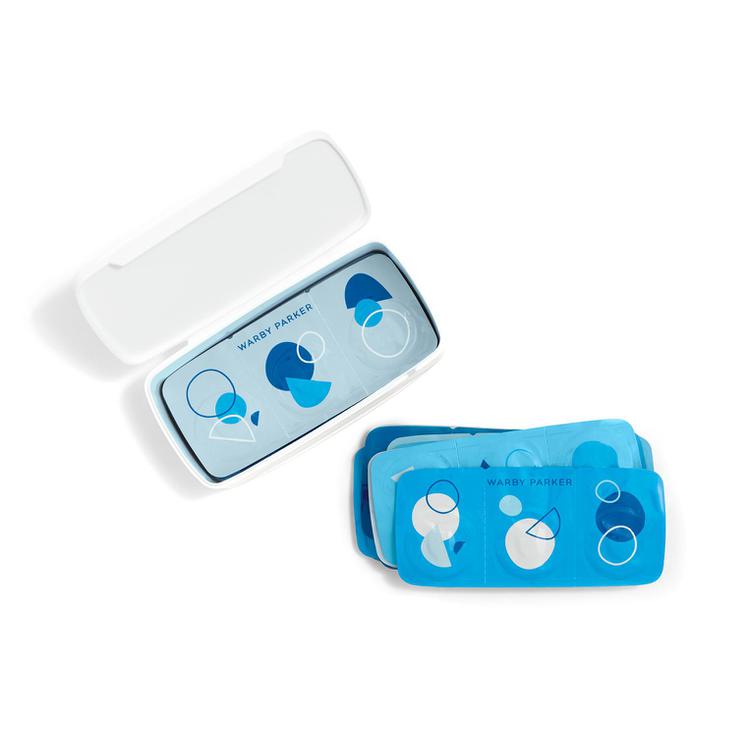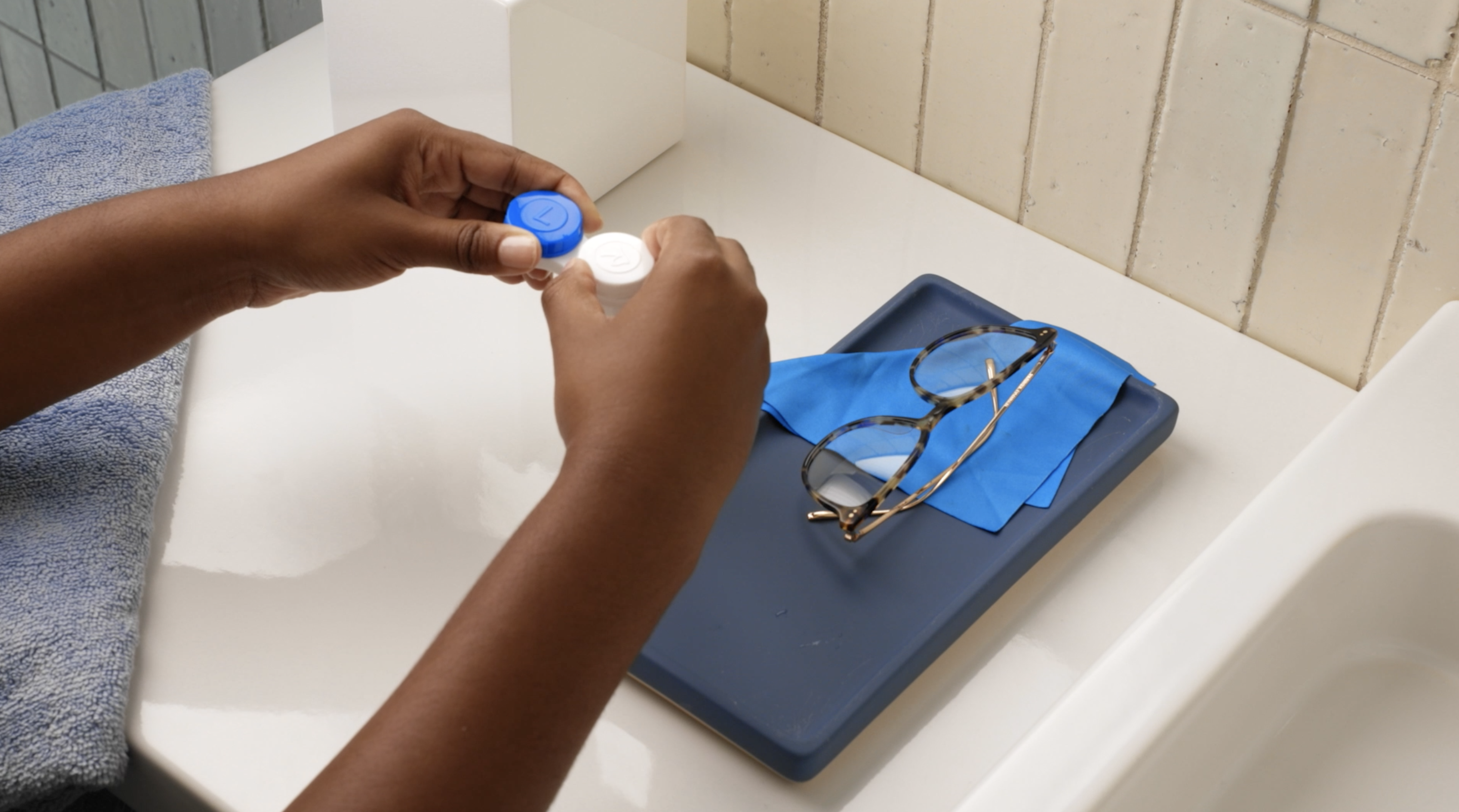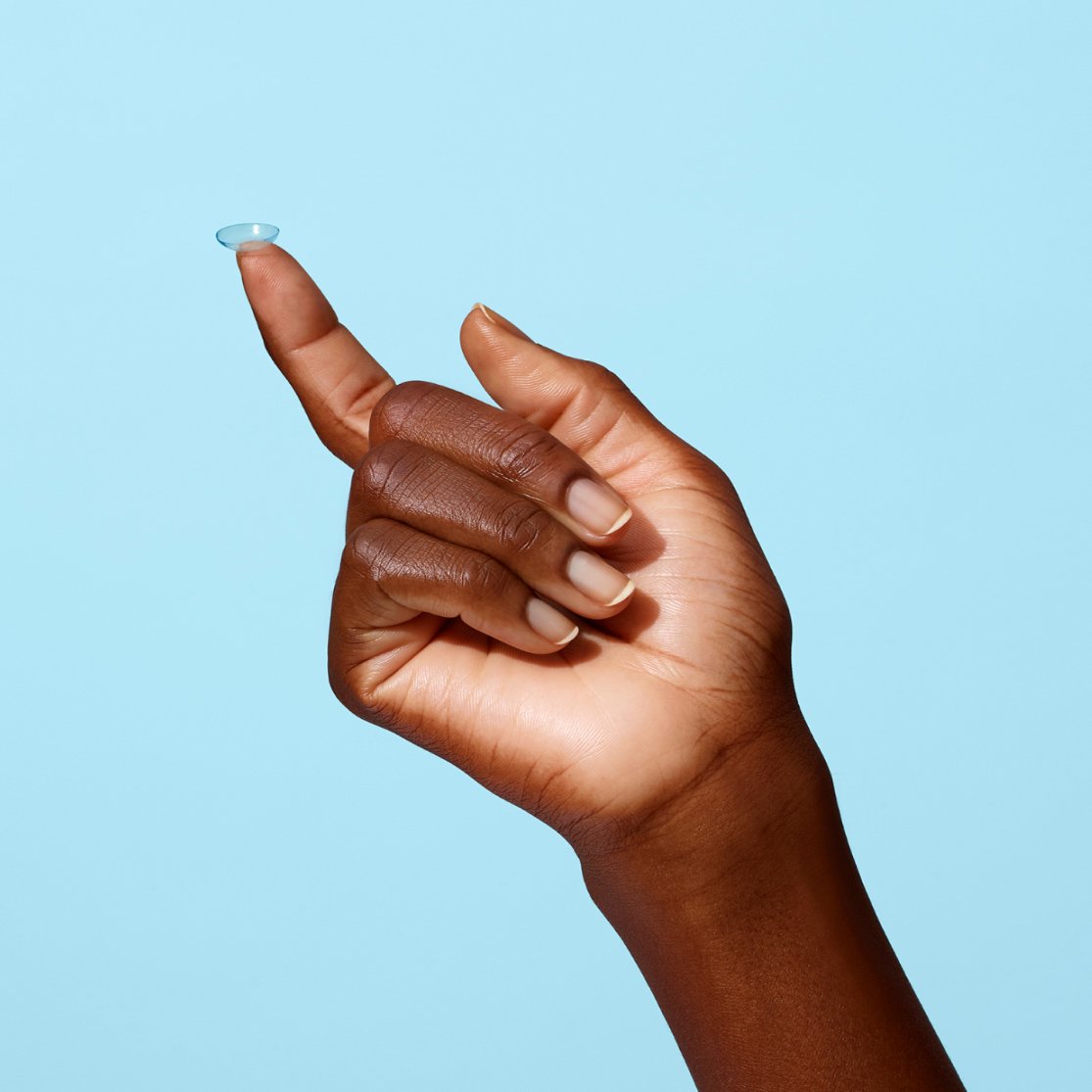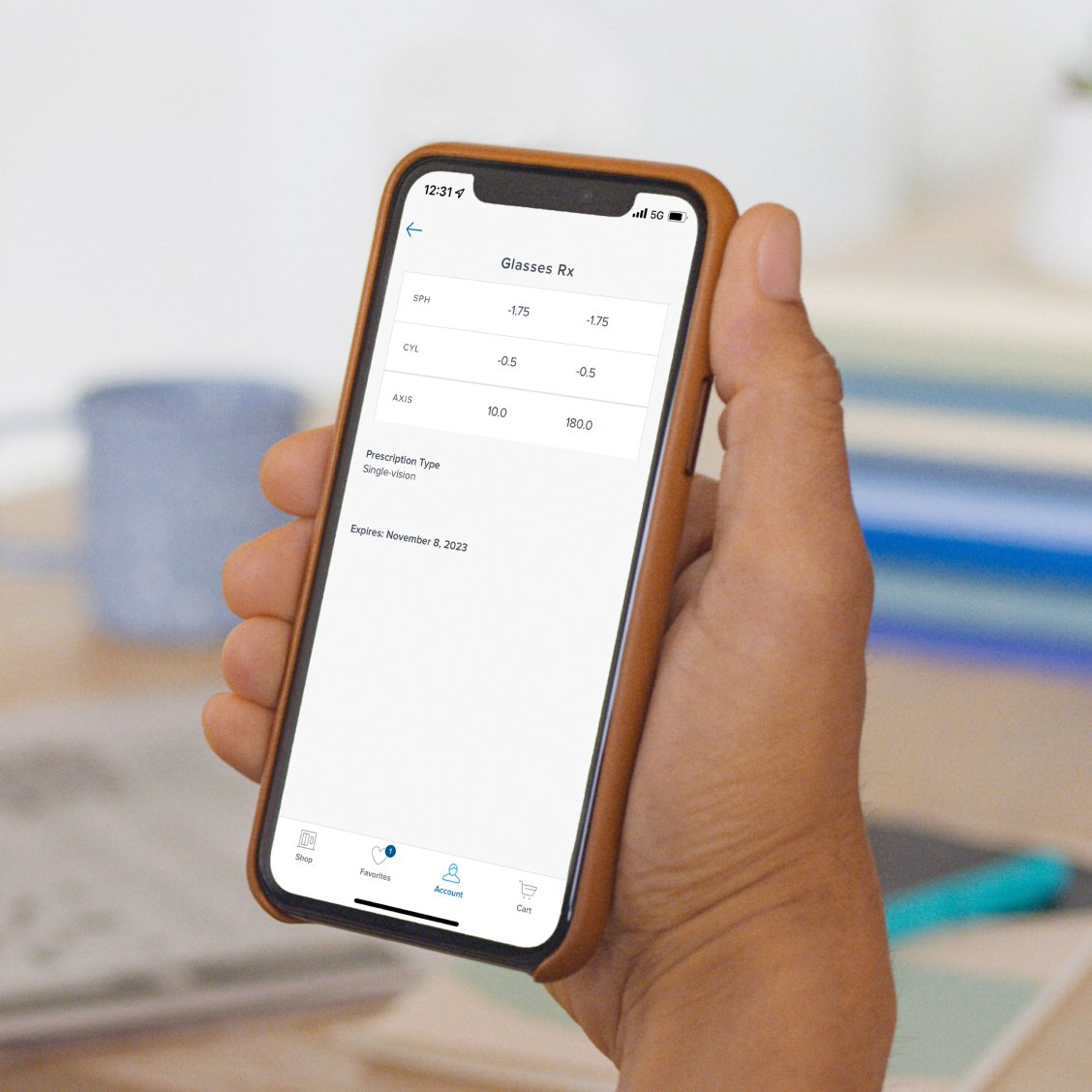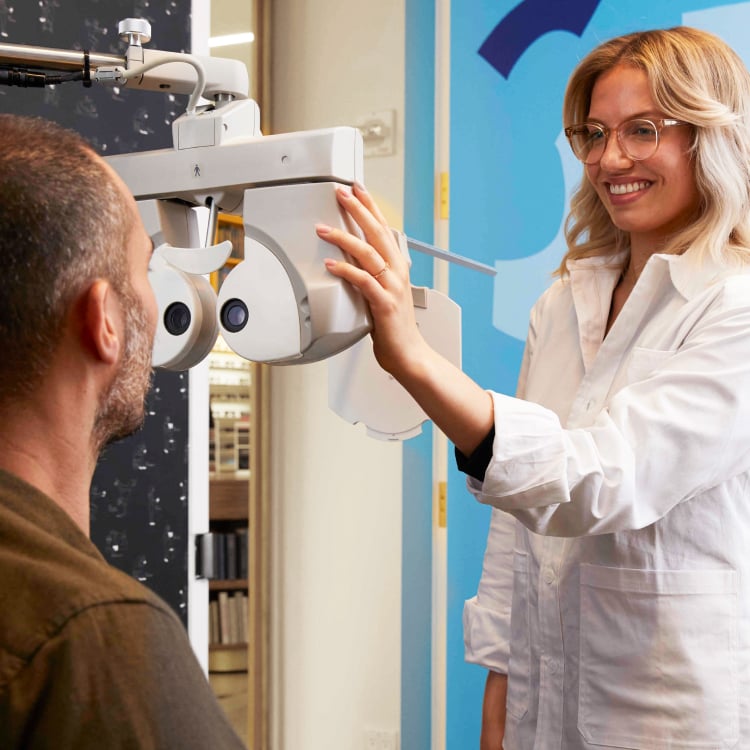If you’ve recently learned how to put in contacts, then you know that handling these small, transparent lenses is a skill that takes some practice. But putting them in is only half the battle—you also have to know how to get your contacts out.
We know what you’re thinking: I have to put my fingers on my eyeball again?! But don’t worry, we’ll show you how to remove contacts one step at a time. (Even if you’re a seasoned contact-lens expert, there’s no harm in a refresher.)
Note: This guide applies to soft disposable contacts, not “hard” or rigid gas permeable contacts. Hard contact lenses require different instructions than those found here! For further information on those items, please consult an optometrist or optician.
Disclaimer: This guide does not constitute actual medical advice; it represents the opinion of its authors and is for educational or informational purposes only. Readers should not use the information in this guide as a replacement for advice provided by their optometrist or optician. Readers with medical questions or concerns should contact their optometrist or optician.
Before you take out your contacts, make sure you have access to a sink and a mirror. Then, follow these five steps:
1. Wash your hands
Always wash your hands before touching your face or eyes. Use an antibacterial soap that’s free of strong scents and lotions. Then, dry your hands with a lint-free towel or cloth. The goal here is to banish irritants and any germs that could lead to infection.
Make sure your hands and fingers are thoroughly dry, so you won’t be trying to grip a lens with slippery skin.
2. Hold your eye open
Use your non-dominant hand to help hold your eye open.
Some people prefer to look up and pull their lower eyelid downward with a finger or two. Others might use the index finger of their non-dominant hand to pull their upper eyelid open, then use the middle finger of their other hand to tug down on the lower lid.
Experiment to see what feels most comfortable for you!
Emphasis on gently. Place your index finger and thumb on either side of the contact lens and move them slightly closer together in a pinching motion. Your fingers should be in a tight “V” formation to allow for grip and traction.
Make sure that you’re only touching the lens itself. Sweeping your fingers over your entire eyeball will only lead to a red, angry eye.
Some people like to slide the lens down to the lower part of their eye with their index finger before pinching. Others simply pinch away while the lens sits at the center of the eye.
Either way, the slight pressure should cause the center of the lens to pop up and away from your eye, enabling you to grip it with the same fingers. Remove the lens.
Remember the rub-and-rinse method? It’s time to do it again so your contact lens is squeaky clean before going into storage.
Place the contact lens onto your palm, and squirt fresh contact solution onto it so it’s sitting in a small pool. Use a finger to rub the lens around in the solution for about 15 seconds. Then, top it off with a rinse of more solution.
If you aren’t disposing of your contacts, fill your contact lens case with fresh solution and store them in their respective wells. Screw on the lids and bid them goodnight.
Pro tips: Don’t forget to have your glasses handy! And, for optimal cleanliness, replace your contact case with a new one every three months.
Knowing how to remove contact lenses isn’t quite the same as doing it. It’ll take some practice, but the tips below should help.
This tip is especially important if you have different contact prescriptions for each eye. If you stick to a sequence—right eye first, then left, or vice versa—you’ll lower the risk of mixing up your lenses.
Try alternative methods if the gentle pinch doesn’t work for you
For many people, the gentle-pinch method is the easiest way to get contacts out. But you might be wondering how to take out contacts with long nails, or what to do if you really can’t make the pinch work.
Instead, you can try a sweeping-down method, where you use the index finger of your dominant hand to slide the contact lens down to the lower white portion of your eye.
You’ll probably need to try a few times, because the contact will want to re-center itself on your eye. But once you get it lowered, you can keep sliding it downward with the pad of your finger until the lens comes off of your eye entirely.
Put a towel down to catch any dropped lenses
You don’t want your contact lenses disappearing down the drain or becoming lost on the floor. When you’re taking out your contacts over the sink, lay a solid-colored towel or cloth down in the sink bowl. If you drop a lens, the towel should catch it and make it easier to find.
Keep trying, and don’t be afraid to ask for help
Don’t give up! Even if you’re struggling to remove your contact lenses, keep trying. Soon, the process will feel like second nature.
If, however, you just can’t seem to get the hang of it and require some extra help, there’s no shame in that. Your eye doctor can provide further guidance.
What if your contact lens just won’t let go of your eye, or you can’t find it?
When your eyes are dry, your contacts will adhere to them more tightly. Dryness can happen as a result of wearing your contact lenses for too long, or wearing them while sleeping (which you should never do unless you’ve cleared it with your optometrist).
If your contact lens is being very stubborn, you can use contact rewetting drops or saline solution to try and loosen it. Briefly rinse your eye and the lens, blink several times, then try to remove the contact again.
If you can’t locate the lens on your eye, then look in each direction (up, down, left, right) for a moment while blinking. This behavior may re-center the lens. But if it doesn’t, you can try closing your eye and lightly massaging your eyelid to scooch the lens back where it belongs.
If none of these guidelines help, then schedule an eye exam with your eye doctor. They’ll be able to assist you in removing your contacts. Of course, you should also let them know if your eyes are irritated, in pain, or showing any signs of infection, whether your contacts are in or out.
Learning how to get a contact out of your eye can be intimidating at first. But mastering this process is crucial for both your eye health and the longevity of your lenses (assuming you’ll be wearing them again).
Don’t forget to have plenty of contact solution on hand, take deep breaths, and give yourself time to get comfortable with the steps. After enough trial and error, you’ll be able to remove your contacts with speed and ease.


